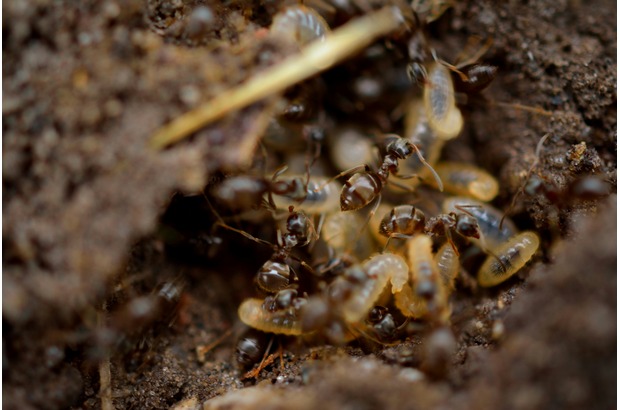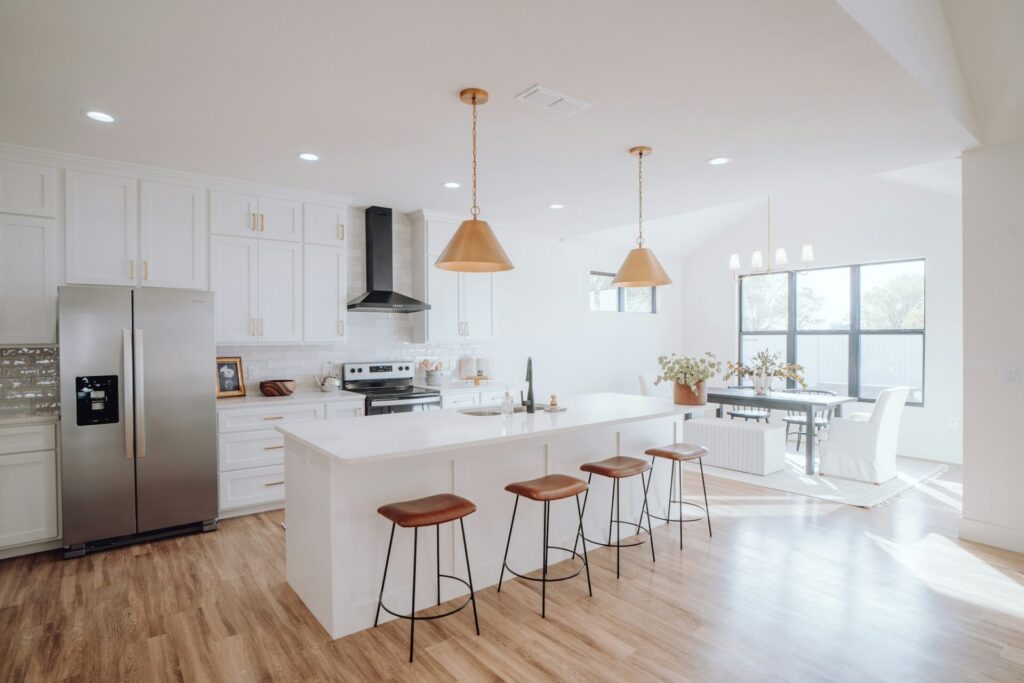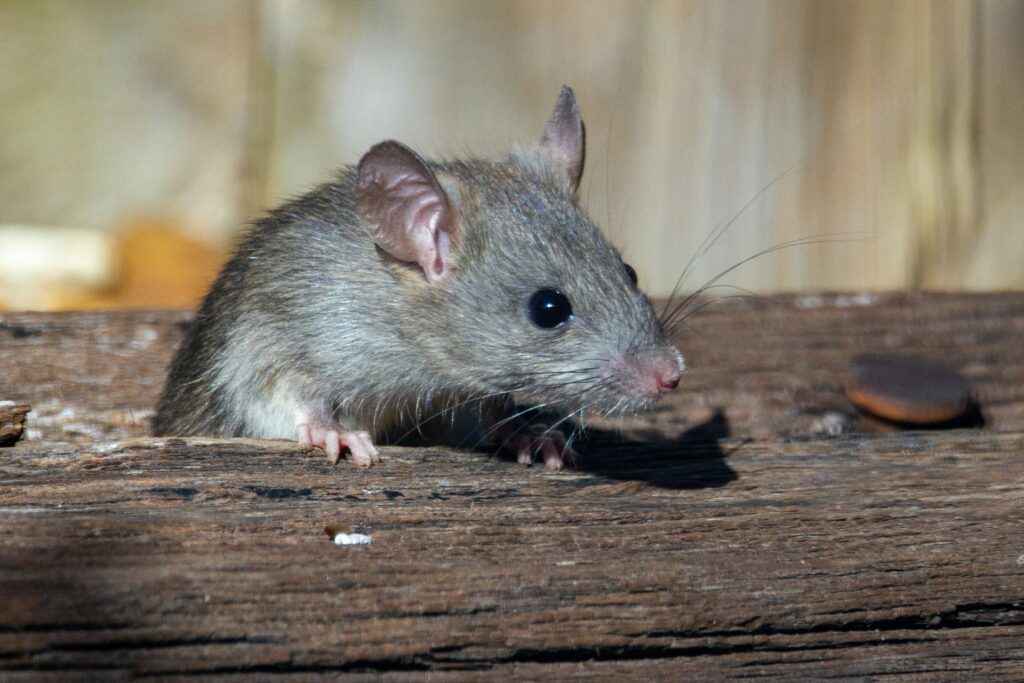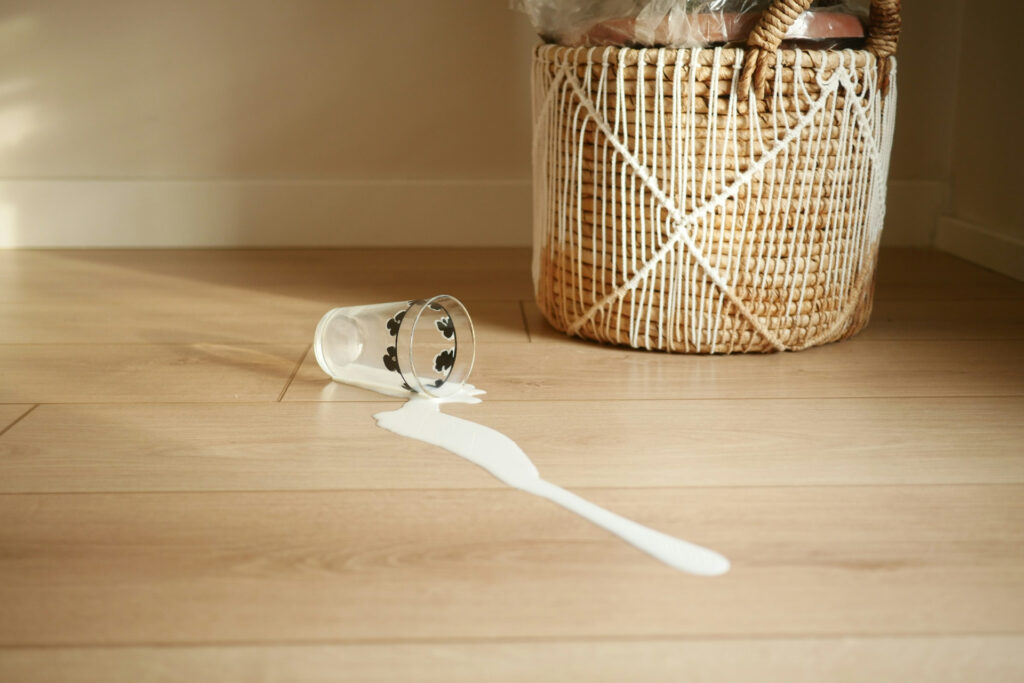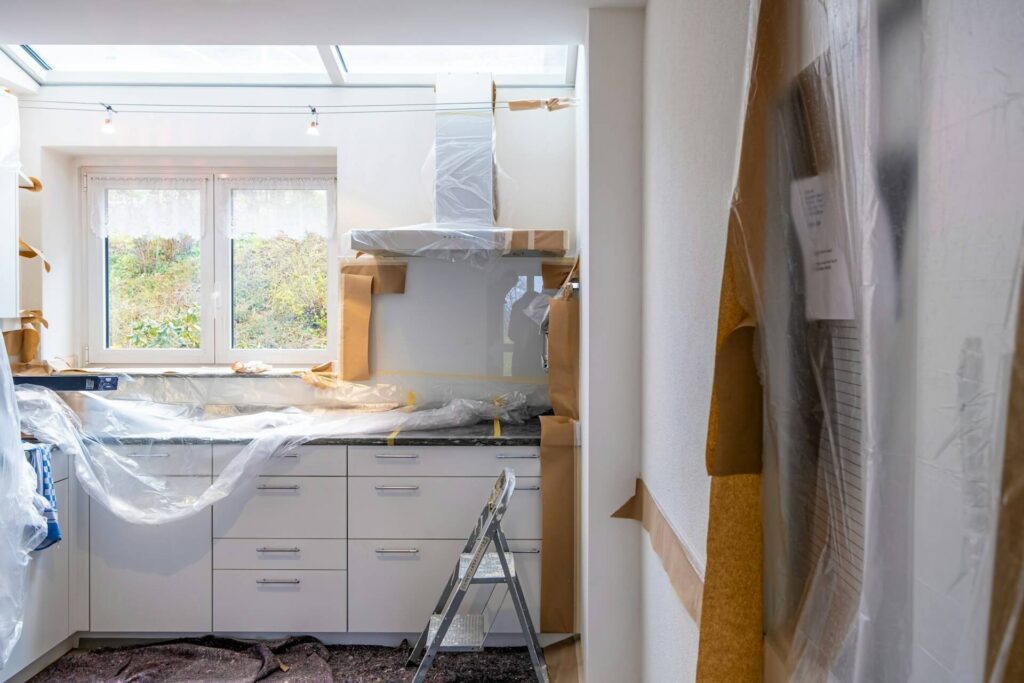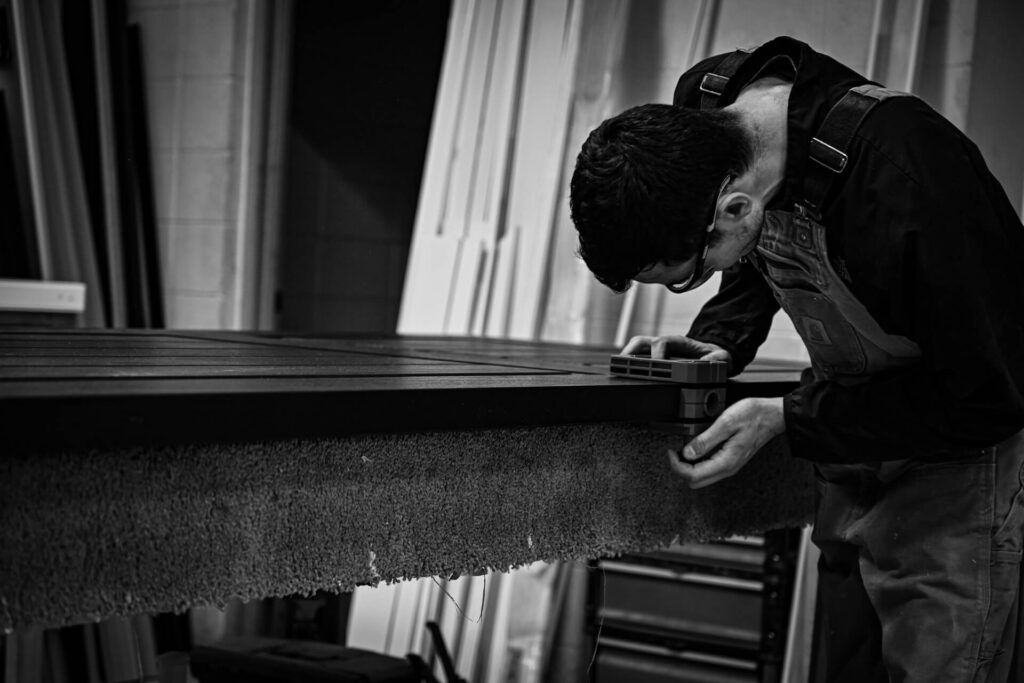Best Way to Clean Baseboards: The Do’s and Don’ts for Pristine Results

We are reader-supported. When you buy through links on our site, we may earn an affiliate commission.
You vacuum, you mop and you dust. But your baseboards are quietly collecting grime while you’re not looking. Whether staging a home, finishing a reno or just trying to keep your space looking sharp, cleaning baseboards is the secret weapon to that next-level clean. Luckily, this is the ultimate guide to get those babies looking brand-new without breaking your back.
What You’ll Need
Before you get down on your hands and knees — or ideally, find a way not to — ensure you’re armed with the right tools for the job. Some methods require only the basics, while others call for a few handy extras. Here’s a rundown of what to clean baseboards with.
Essentials:
- Microfiber cloths or soft sponges
- A bucket of warm water
- Gentle dish soap
- All-purpose cleaner
- Vacuum cleaner with brush or crevice attachment
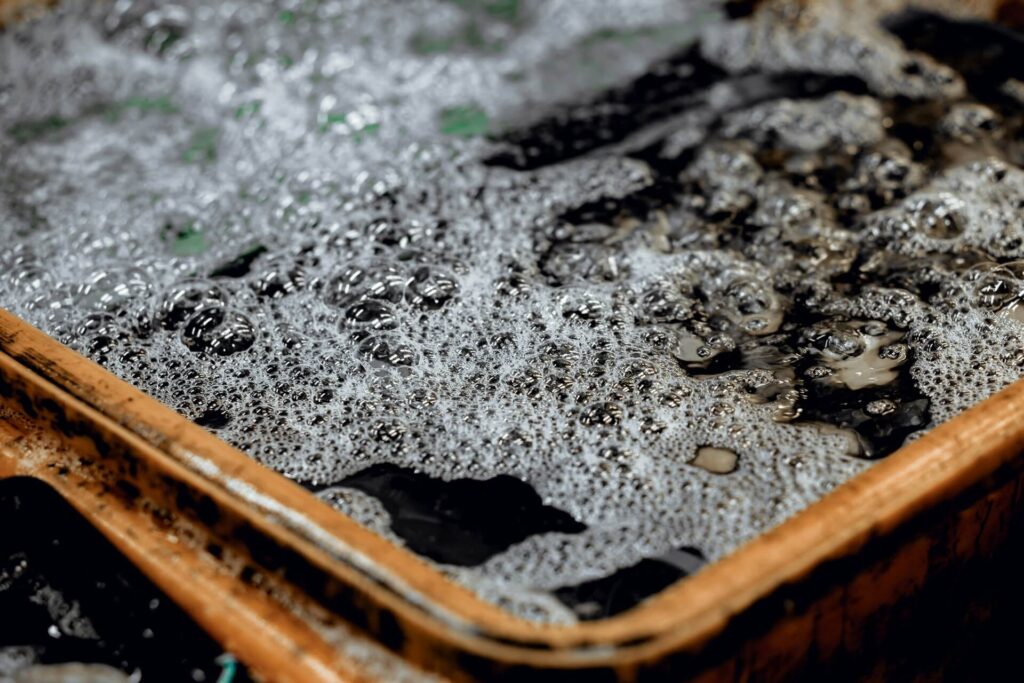
Optional, but handy:
- Dryer sheets
- Magic Eraser
- An old toothbrush or cotton swabs
- Rubber gloves
- Knee pads or a garden kneeler
- White vinegar or hydrogen peroxide
- Towel or absorbent cloth
- Long-handled baseboard cleaning tool
Pro tip: don’t overbuy — many of these items are already hiding in your home. Mix and match based on the material and level of grime you’re dealing with for easy ways to clean baseboards.
Best Cleaning Methods
Different baseboards call for different tactics. Whether you’re dealing with dusty buildup or years of ignored grime, there’s a method to match your mess. Below are three top ways to clean baseboards — ranked by ease, effectiveness and effort.
- The Classic Wipe Down. All you need is a bucket of warm water, a squirt of dish soap, and a microfiber cloth. Dip the cloth in the water, wring it out well, and wipe down your baseboards. Afterward, dry with a towel. This is best for light grime and monthly upkeep. It’s gentle, accessible, and safe for most materials. However, it does involve some crouching.
- Vacuum First, Wipe Second. This method requires two steps rather than one. You’ll need your vacuum’s brush or crevice attachment to suck up dust before wiping. It’s best for homes with pets or carpeted floors. While this cuts down on dust smearing and saves elbow grease, it requires two steps rather than one.
- Dryer Sheet Dusting. This is a surprisingly effective dust-repelling hack — you only need a clean dryer sheet. Rub the dryer sheet along the length of the baseboard. It’s best for weekly maintenance and touch-ups. It’s easy, fast and leaves a pleasant scent, but it doesn’t handle stuck-on grime. You can also use these for your blinds and ceiling fans.
The Dos and Don’ts of Baseboard Cleaning
Cleaning baseboards isn’t rocket science, but a few common mistakes can mess with your results or even damage the material. Here’s what to keep in mind.
Do:
- Dust before wet cleaning.
- Use microfiber cloths to avoid scratches.
- Dry baseboards immediately to prevent water damage.
- Test cleaners on a hidden area first.
- Move furniture away to get into hidden spots.
Don’t:
- Scrub with abrasive pads or steel wool.
- Over-soak baseboards, especially wood or MDF.
- Use harsh chemicals like bleach.
- Forget to clean the corners and behind furniture.
- Leave moisture behind — hello, mold and warping.
Remember to treat your baseboards like a delicate trim rather than a tiled floor.
How Often Should You Clean Baseboards?
Keeping your baseboards looking fresh isn’t a one-and-done deal — it’s all about timing. The general rule of thumb is to give them a good cleaning every one to two months if your home has low foot traffic and minimal dust. However, if you have pets, kids or live in a bustling household, bump that up to every two to three weeks.
Spring cleaning or prepping your home for a showing means deep cleaning. Don’t skip those often-neglected corners and scuff marks. One of the things that can make your house seem dirty — even if it isn’t — are grubby baseboards, so make sure they’re all clean before you show your home.
Homes with thorough cleaning — including detailed trim and baseboard care — can see an increase in resale value. Yep, a little elbow grease can pay off big.
Cleaning for Different Types of Baseboards
Using the wrong cleaner on your baseboards can leave you with more damage than shine. Here’s how to tailor your approach by material:
For painted wood, use gentle soap and water with a microfiber washcloth. Avoid vinegar or harsh solvents that can strip paint or cause discoloration. If you have stained or varnished wood, use a wood cleaner like Murphy’s Oil Soap and make sure to wipe dry. Avoid soaking, as it can warp or crack the wood.
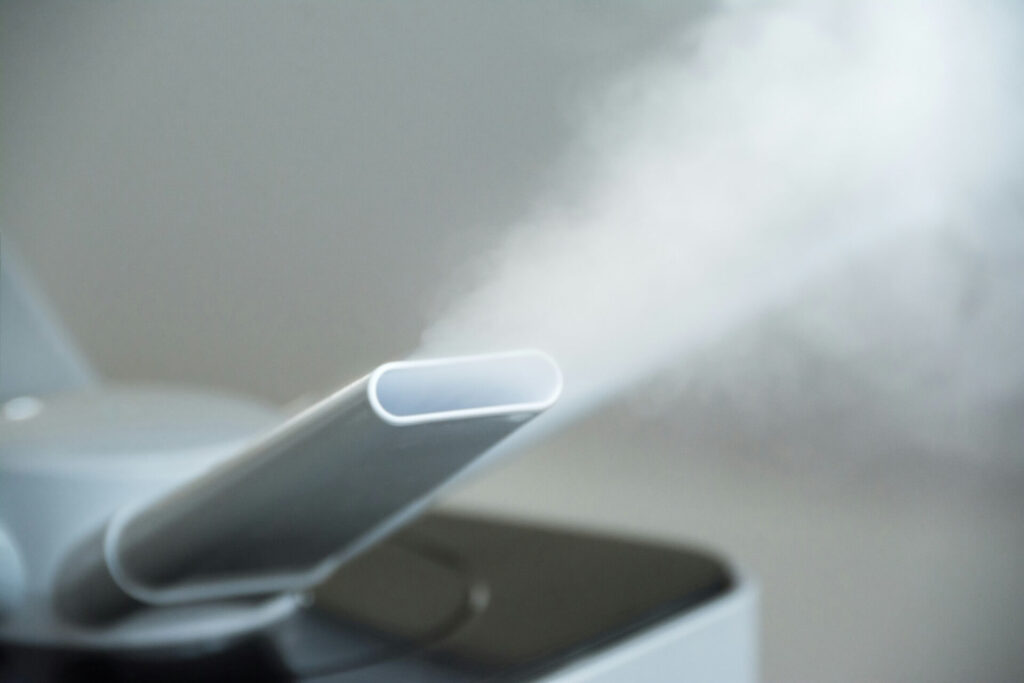
MDF is sensitive, so even though it can handle a little, avoid excess moisture in case it damages the material. Use a barely damp cloth with mild detergent and then dry it immediately. Most cleaners will work for vinyl or PVC, and you can even use steam mops if you’re careful to avoid excess water pooling.
Quick Fixes vs. Deep Cleans
Depending on your schedule and energy level, your baseboard cleaning might be a quick touch-up or a full-on deep dive. A quick fix is a five-minute tidy. Slip a microfiber cloth or an old sock over your hand and do a dry dust pass along all your visible boards. This is perfect for a last-minute touch-up before guests arrive or you show your house.
However, if you have more time and want to really ensure that everything looks spotless, take an extra 20 to 30 minutes and move your furniture for full access to your baseboards. Vacuum with a brush attachment to remove dust and pet hair. After that, wash them with soap and water. Spot-treat stubborn scuffs with a Magic Eraser or a vinegar solution. Finish with a dryer sheet swipe to repel dust and you’re done!
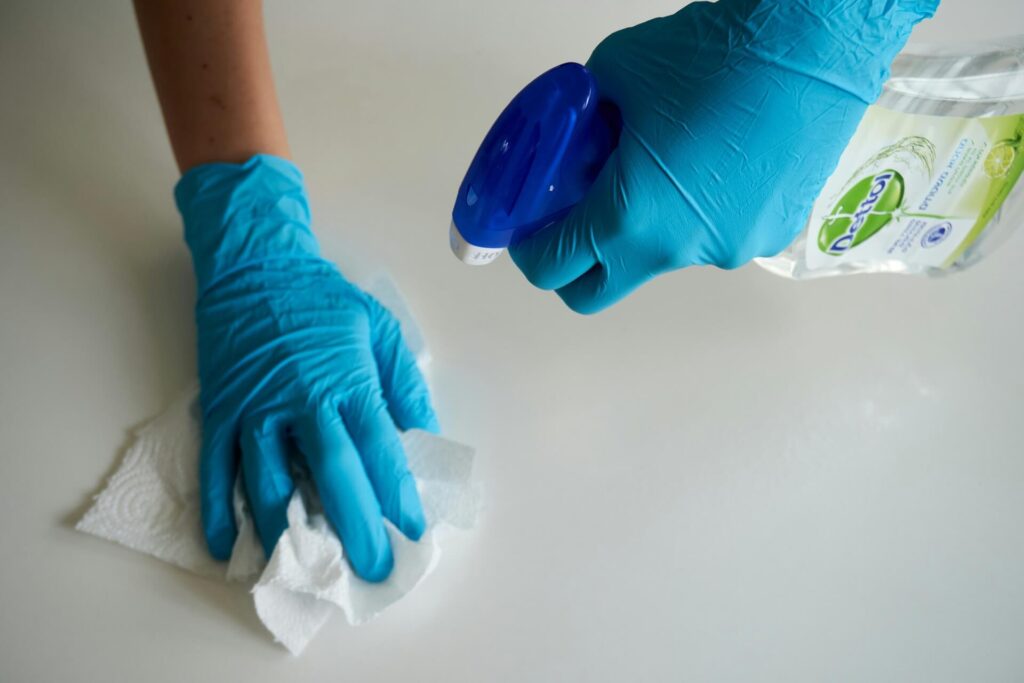
Deep cleaning is best scheduled seasonally, before open houses or when your baseboards look like they’ve been hiding dirt for a while. Now that you know how to clean floorboards, you’re one step closer to a spotless home.
FAQs
Q: Can I use a steam mop on baseboards?
A: Steam mops are great for vinyl or sealed baseboards but can damage wood or MDF by causing warping or peeling paint. When in doubt, stick to damp cloths and avoid excess moisture.
Q: What’s the fastest way to clean baseboards without kneeling?
A: Wrap a microfiber cloth or sock around a broom or mop handle for an easy reach. Long-handled baseboard cleaning tools are also available to save your knees.
Q: How do I keep baseboards cleaner longer?
A: Use dryer sheets or anti-static sprays after cleaning to repel dust buildup. Regular floor cleaning also helps reduce the amount of dirt that migrates onto your baseboards.
Q: Should I hire a professional to clean baseboards?
A: For routine cleaning, DIY works fine. However, hiring pros can save you time and prevent further issues after major renovations or if baseboards are damaged or moldy.
A Clean Sweep
A little baseboard love can make a big difference in how polished your home feels. Stick to the right methods, avoid the common mistakes and let your trim shine — your walls will thank you.
